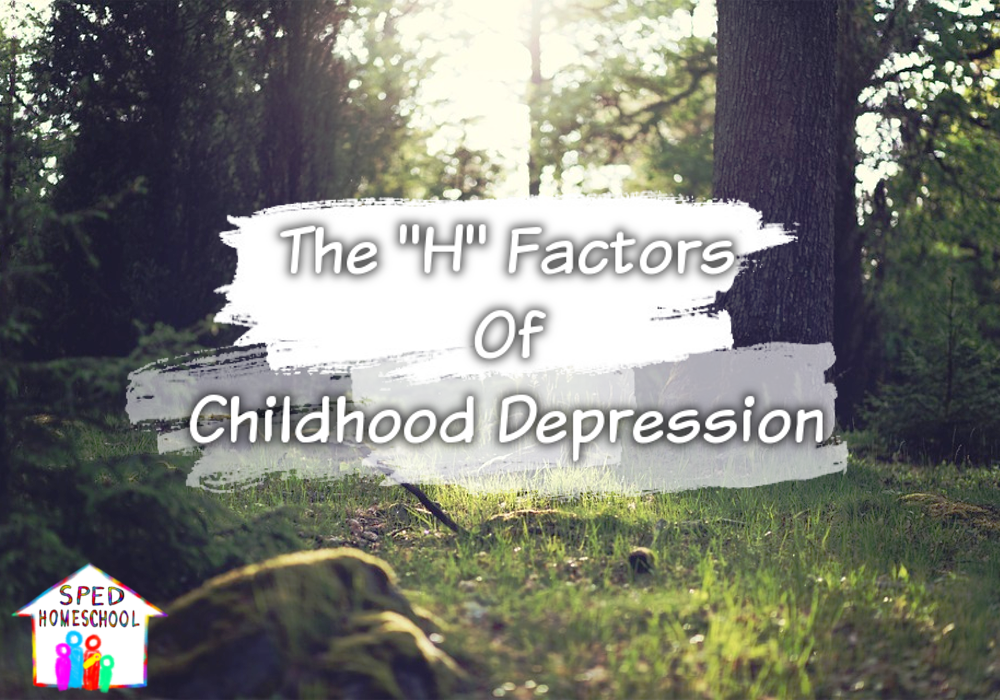
My series on childhood depression continues as we explore the warning lights of helplessness and hopelessness and contrast them with the guiding light of eternal hope. If you would like to reference any of the past articles in this series, you will find links at the bottom.
Warning “H” – Helplessness and Hopelessness
Children can develop helplessness either through a major traumatic event or through a series of smaller events leading toward a downward spiral. Whatever the cause, the process of helping a child move upwards is the same.
For a child who is ready to give up, it is best for a parent to first break up their child’s tasks into smaller and more manageable steps. Once the steps are determined, then a parent should give lots of encouragement and support as the child works through the process of making those small upward strides. Celebrating every victory and navigating the balance between pushing too hard and not pushing enough, will eventually help your child start a forward momentum.
Hopelessness is a changeable state, though the child cannot see that. A hopeless child does not struggle against what is real. Instead, this child struggles against a false construct which seems real. In this state, a parent can’t argue a child out of being hopeless. Instead, it is better to come alongside the child and walk towards incremental change, as described above in the helplessness section, reassuring your child that what life holds around the corner is magnificent and worth the walk.
Guiding “H” – Hope
In his book, Overcoming Depression, Neil Anderson states “Research has revealed a link between brain chemistry and hope. When hope is restored, depression leaves.” He also goes on to state “…hope in God is the anchor for our soul and the answer for our depression.”
Each time God did something significant in their history, they were to place a marker to remember God’s provision. Later, when they saw these markers, they were to recall how God did something great in their midst. And, when their children asked about them, they were to tell the story to their children about God’s great provision. This way they would never forget, and they would understand that God did not change and would continue to fight those battles in the future.
The Silver Living of Hope Restored
As I started the long process of setting up spiritual markers in my own life, there were places I couldn’t fill in for a long time because I had blocked them from my mind. Over time, I uncovered the good with the bad. But, through it all, I came to realize God had been with me every step of the way and He never gave up on me…even when I told Him out loud that I didn’t want Him in my life anymore.
Too often we try to make sense of what God is doing by focusing on ourselves, and our loved ones, and not on Him and what He is doing to show us He is working in our midst. When I was finally able to see God’s hand on every situation in my life, I was no longer paralyzed by helplessness or hopelessness. I came to realize I didn’t have to be powerful, competent, or even adequate. Instead, God had all that covered in my life, just as He has it covered in your child’s life.
Links to All the Blogs in this Series
Looking Into the Face of Childhood Depression
The “L” Factors of Childhood Depression
The “I” Factors of Childhood Depression
The “G” Factors of Childhood Depression
The “H” Factors of Childhood Depression
The “T” Factors of Childhood Depression
The “S” Factors of Childhood Depression
Did you benefit from this article?
Would you consider a small donation to support the ongoing work of SPED Homeschool?
Click Here to Donate Today


